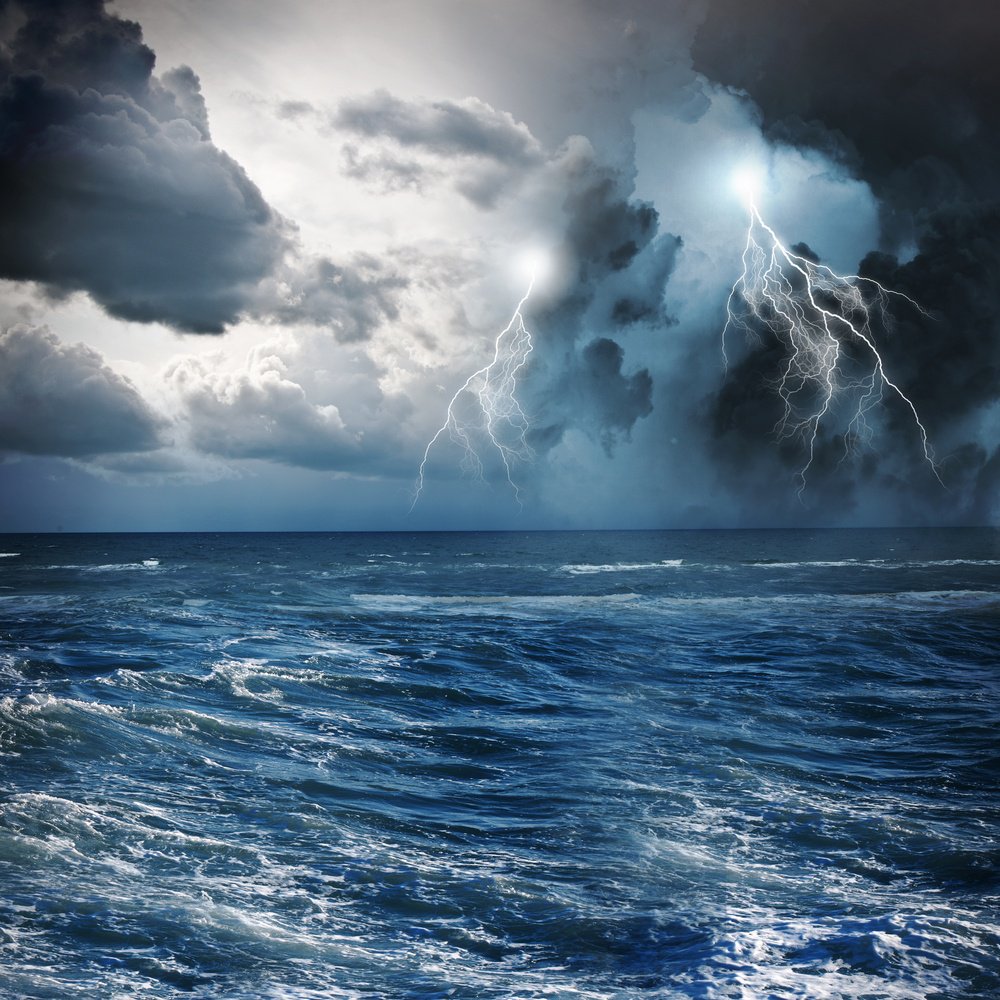New science suggests Greenland may be approaching a dangerous tipping point, with implications for global sea-level rise.
A NEW STUDY warns that Greenland’s ice is melting faster than scientists previously thought. But perhaps the biggest surprise is that most of this ice loss is from the land-fast ice sheet itself, not Greenland’s glaciers.
The new study, published January 21 in the Proceedings of the National Academy of Sciences, found that the largest sustained ice loss from early 2003 to mid-2013 came from Greenland’s southwest region, which is mostly devoid of large glaciers.

Greenland, the world’s biggest island, appears to have hit a tipping point around 2002-2003 when the ice loss rapidly accelerated, said lead author Michael Bevis, a geoscientist at Ohio State University. By 2012 the annual ice loss was “unprecedented” at nearly four times the rate in 2003, Bevis said in an interview.
Much of this new accelerated ice melt came from southwest Greenland, a part of the island that hadn’t been known to be losing ice that rapidly. Previously, the scientific focus was on Greenland’s southeast and northwest regions, where large glaciers stream iceberg-sized chunks of ice into the Atlantic Ocean.
“We knew we had one big problem with increasing rates of ice discharge by some large outlet glaciers,” Bevis said. “But now we recognize a second serious problem: Increasingly, large amounts of ice mass are going to leave as meltwater, as rivers that flow into the sea.
Data from NASA’s GRACE satellites and GPS stations scattered around Greenland’s coast showed that between 2002 and 2016, Greenland lost approximately 280 billion tons of ice per year. This average annual ice melt is enough to cover the entire states of Florida and New York hip deep in meltwater, as well as drowning Washington, D.C. and one or two other small states.
“This is going to cause additional sea-level rise. We are watching the ice sheet hit a tipping point,” said Bevis.
Read more: National Geographic


